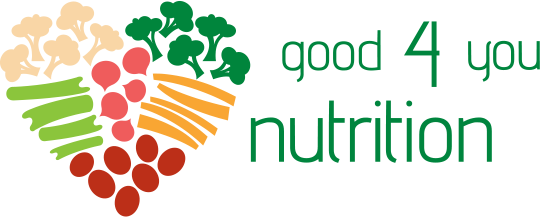Reading Food Labels – Where to Begin
Posted on March 5th, 2018
First of all read the ingredient list, if you don’t understand a lot of them or don’t know what they are, do you want to be eating it?
Sugar – I look out for sugar in the ingredients list. Sugar can come in many different names so I have attached an article that provides some of the different terms to watch out for! If I see sugar in the top 3 ingredients I question how much do I really want this item? In the ingredients list the ingredients are in order from largest to smallest in weight, this gives you a good indication of what the food item is really made up of. When the nutrition panel says 4g of sugar per serve this is the equivalent of 1 tsp of sugar per serve. https://www.womenshealthmag.com/food/different-names-for-sugar
Trans Fat – I then tend to look at trans fat and saturated fat next. You want low levels of both, particularly trans fat. If I was to see something that had over 1g of trans fat I would question it. Trans fats make liquid vegetable oils more solid (like margarine) to give food a longer shelf-life which leads to increased LDL levels. This causes inflammation and if consumed regularly you will start to do damage internally.
Sodium – Salt is something that everyone tends to consume too much of these days. Therefore it is important to pay attention to it on a food label. Recommended intake for sodium per day falls between 920-2300mg. Using the nutrition panel you can identify how much sodium is present per 100g or per 100ml.
It has been suggested to use these cut-off figures as a guide:
- Foods moderate in sodium – less than 400 mg per 100 grams
- Foods moderately-high – 400 to 600 mg per 100 grams
- Foods high – over 600 mg per 100 grams
So ideally aiming for products under 400mg per 100g!
The final thing I tend to look out for is the protein to carbohydrate ratio. If you pick a food that has limited protein and a high carbohydrate content (i.e. biscuit), you need to add some protein to that. Otherwise it will not keep you full for very long, instead it will give you some initial energy but bring you down just as quick wanting more. I notice a lot on ‘health food bars’ or ‘raw bars’ that they lack in protein substantially and are carbohydrate heavy and often contain a lot of sugar as well. While they may be comprised of some healthy ingredients such as; nuts, fruits, grains etc. it doesn’t make them a great snack option when there is little protein. You want about 6g of protein to keep you full for a good hour maybe 2.
You could dive into this in much more depth, however I think these are enough tools to take on-board and make educated decisions.
